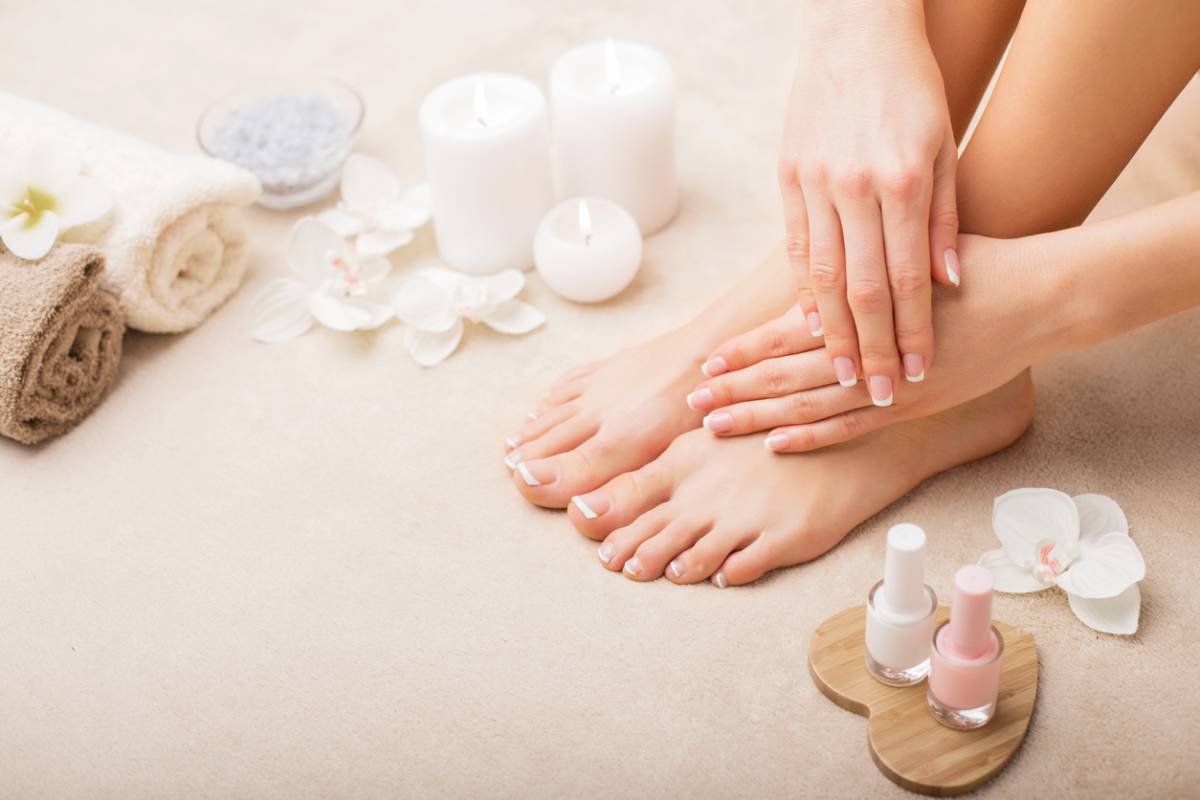Taking care of your feet during the winter is important to prevent common cold-weather issues like dry skin, cracked heels, frostbite, and fungal infections. Here are some essential tips to help protect your feet and keep them comfortable during the colder months:
1. Keep Feet Warm and Dry
- Wear warm, breathable socks: Choose wool or moisture-wicking socks to keep your feet warm and dry. Avoid cotton socks, as they trap moisture and can make your feet cold. Consider wearing two pairs of socks for extra insulation if it’s extremely cold.
- Choose insulated footwear: Wear boots or shoes with good insulation to keep your feet warm, and make sure they are waterproof to prevent snow or slush from getting in.
- Avoid tight footwear: Tight shoes can restrict circulation, making your feet colder. Make sure your shoes and boots fit comfortably with enough room for proper circulation.
2. Prevent Frostbite
- Limit exposure to extreme cold: If you plan to be outside for an extended period, make sure to wear insulated, weather-appropriate footwear and cover your feet with warm socks and shoes.
- Don’t neglect toes: Pay special attention to your toes. They are more susceptible to frostbite, so make sure they are well-covered and warm.
- Warm up gradually: If your feet get too cold, warm them slowly by moving indoors, and avoid rubbing or massaging them too aggressively, as this can cause tissue damage.
3. Moisturize to Combat Dryness
- Apply foot cream regularly: Winter air can dry out your skin, so moisturize your feet with a thick, nourishing foot cream or petroleum jelly before bed. This helps to prevent cracked heels and rough skin.
- Exfoliate gently: To remove dead skin and prevent calluses, exfoliate your feet with a pumice stone or foot scrub in the shower, but avoid over-exfoliating as it can damage sensitive skin in the winter.
4. Keep Feet Clean and Dry
- Wash and dry thoroughly: Wash your feet daily with lukewarm water and a mild soap. Make sure to dry them completely, especially between your toes, as dampness can lead to fungal infections like athlete’s foot.
- Change wet socks promptly: If your socks become wet from snow or rain, change them immediately to avoid prolonged exposure to moisture, which can lead to skin issues or infections.
5. Prevent Fungal Infections
- Use antifungal powder: If you are prone to fungal infections, consider using antifungal powder or sprays inside your boots or shoes to keep feet dry and prevent conditions like athlete’s foot.
- Wear breathable footwear: If possible, wear shoes that allow your feet to breathe, even in the winter, to reduce the risk of fungal infections.
6. Footwear Care
- Properly waterproof your boots: Ensure your winter boots are waterproof to avoid your feet getting wet from rain or snow. Consider applying a water-repellent spray to your shoes to provide extra protection.
- Rotate your shoes: Give your footwear time to dry out between wearings. Avoid wearing the same pair of shoes every day, as moisture can accumulate in the lining and lead to bacterial or fungal growth.
7. Foot Exercises
- Improve circulation: Cold weather can restrict blood flow to your feet, leading to discomfort. Keep your feet moving to improve circulation by doing foot exercises like toe wiggling, ankle rotations, and stretching.
- Avoid long periods of standing: If possible, avoid standing still for too long in cold conditions to prevent poor circulation.
8. Wear Slippers Indoors
- Warmth and comfort: Inside the house, wear comfortable, warm slippers to keep your feet cozy and protected from cold floors.
- Look for non-slip soles: Choose slippers with non-slip soles to avoid slipping on icy or wet indoor surfaces.
9. Trim Toenails Regularly
- Prevent nail damage: Keep your toenails trimmed to prevent them from becoming ingrown or rubbing against your shoes, which can cause discomfort or injury, especially when wearing thick winter socks or boots.
10. Check Your Feet Regularly
- Inspect for damage: Regularly inspect your feet for any signs of blisters, cracks, or frostbite. This is especially important if you’ve been outside in cold weather for long periods.
- Seek professional help if needed: If you notice any persistent problems with your feet, such as painful cracked heels or signs of frostbite, consult a healthcare professional for treatment.
By following these steps, you can keep your feet comfortable, healthy, and protected throughout the winter months. Proper foot care helps prevent common winter foot issues and ensures you stay active and comfortable no matter the weather!




